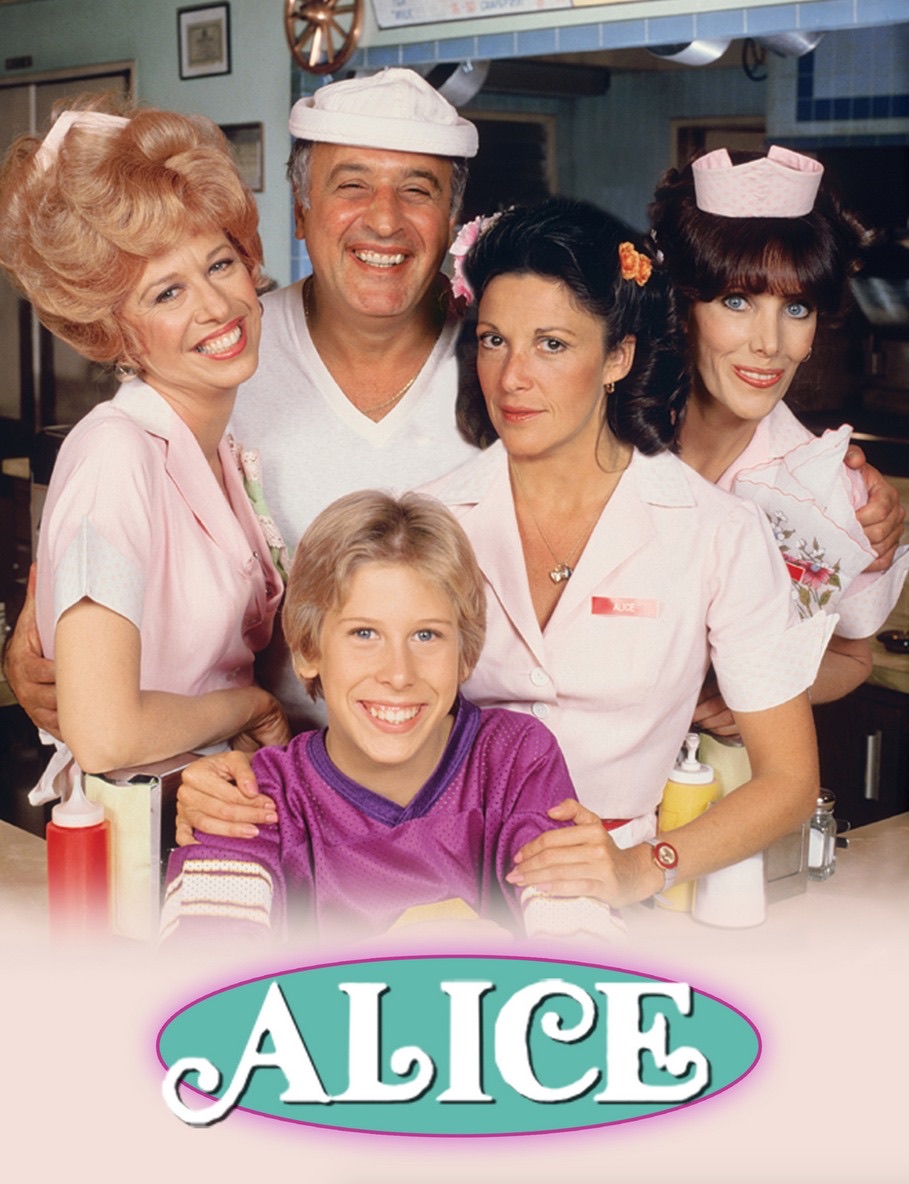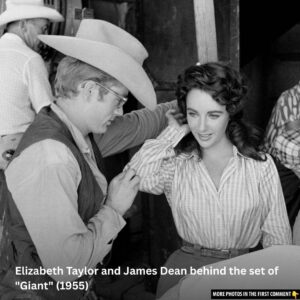Step back in time with us as we revisit a beloved TV classic that graced our screens in the ‘70s – Alice. If you remember the lively banter and heartfelt moments at Mel’s Diner, then you’re in for a nostalgic treat! This show not only brought laughter into our living rooms but also touched on themes of single parenthood, women’s rights, and everyday struggles. Let’s take a journey back to those simpler days and uncover some interesting facts about the legendary show that still holds a special place in our hearts.
Alice: The Groundbreaking 1976 TV Hit that Preceded Modern Restaurant Dramas
In today’s world of TV dramas centered around the chaotic world of food service, FX/Hulu’s “The Bear” has taken the spotlight with its intense narrative and award-winning performances. However, decades before “The Bear,” another show set the stage for restaurant-based storytelling. That show was “Alice,” which premiered in 1976 on CBS and followed the adventures of a waitress in a quaint Phoenix diner.

The Origins of ‘Alice’: From Big Screen to TV Icon
“Alice” made its way to television as an adaptation of the 1974 film “Alice Doesn’t Live Here Anymore,” directed by the legendary Martin Scorsese. The movie, with a script by Robert Getchell, featured Ellen Burstyn in the title role, a performance that earned her an Academy Award. Building on this story, Getchell expanded the narrative into a sitcom format, starring Linda Lavin as Alice, an unemployed widow embarking on a new life.
The story began with Alice leaving New Jersey for Los Angeles, dreaming of a career in music. However, fate had other plans. Her car breaks down in Phoenix, forcing her to take a waitressing job at Mel’s Diner to support her son. What was initially a setback became the heart of the show’s charm, as viewers followed her journey at the bustling diner.
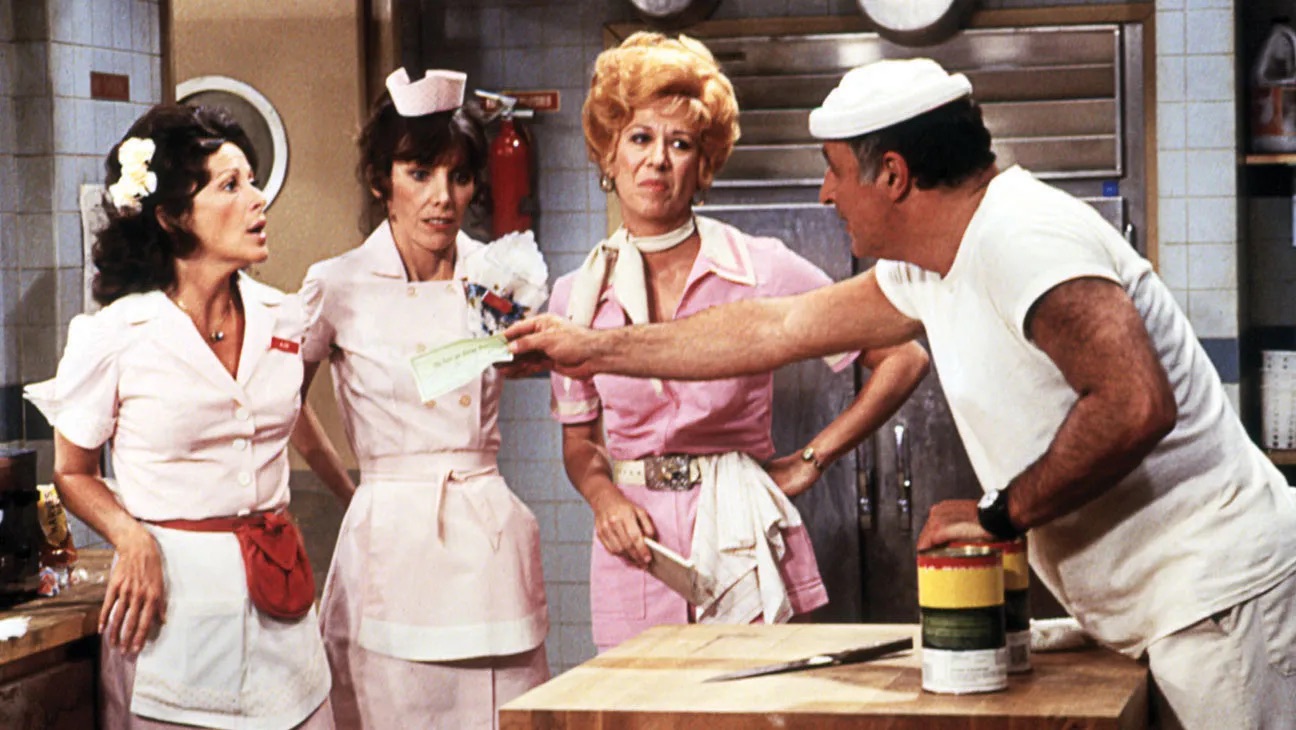
Life Behind the Counter: Alice and Her New Family
The diner setting provided a backdrop to explore a range of everyday struggles. Alice, portrayed by Lavin, navigated the challenges of single parenthood, relationships, and women’s rights, all while managing the demands of working at Mel’s Diner. She wasn’t alone in her journey; she was surrounded by a cast of colorful characters who became her second family. Polly Holliday played the sassy Flo, known for her quick wit, while Beth Howland brought charm as the innocent Vera. Vic Tayback rounded out the cast as the gruff yet caring boss, Mel.
The dynamics within the diner allowed for comedic moments and heartfelt discussions, showcasing the bond between co-workers. Bob Carroll Jr. and Madelyn Davis, who had previously found success with “I Love Lucy,” were the executive producers. Their experience with character-driven comedy infused “Alice” with a blend of humor and depth, though critics noted the show’s reliance on sight gags.
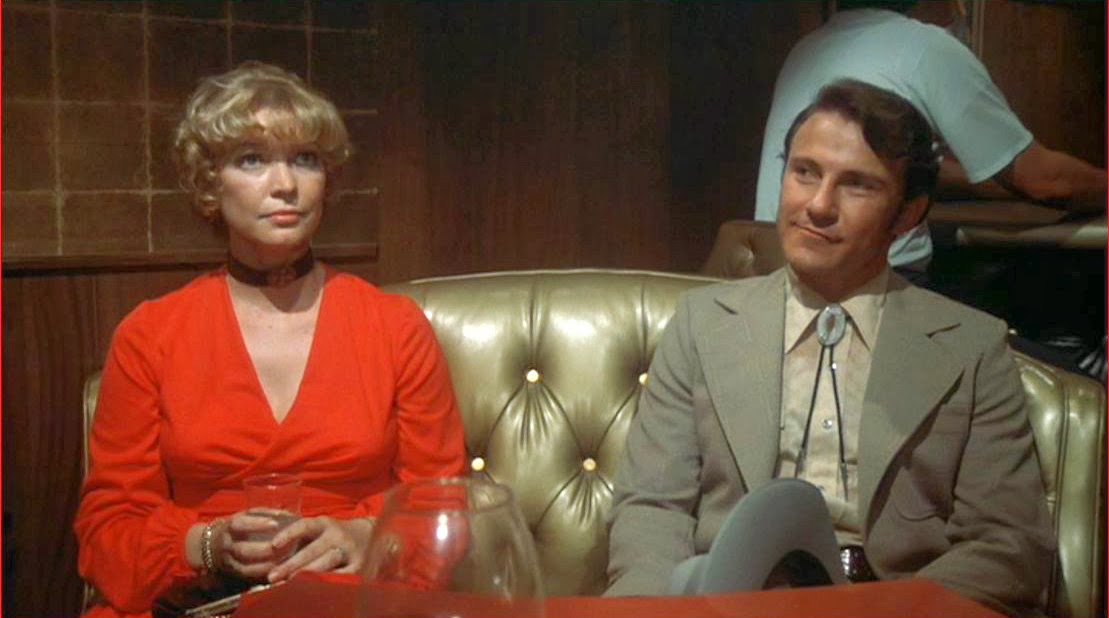
Mixed Critiques but a Loyal Audience
Despite its lighthearted premise, “Alice” didn’t escape the scrutiny of critics. Reviews over the years had mixed opinions, often praising Lavin’s ability to convey the emotional weight of her character while critiquing the show’s comedic approach. The Hollywood Reporter acknowledged Lavin’s performance but commented on the series’ tendency to use physical comedy over character development.
However, what critics couldn’t deny was the show’s connection with its audience. “Alice” resonated with viewers who tuned in week after week to see the relatable and often humorous events at Mel’s Diner. Over its nine-season run, the show received eight Emmy nominations and an impressive 15 Golden Globe nominations, winning eight. The recognition solidified “Alice” as more than just a sitcom; it was a cultural phenomenon.
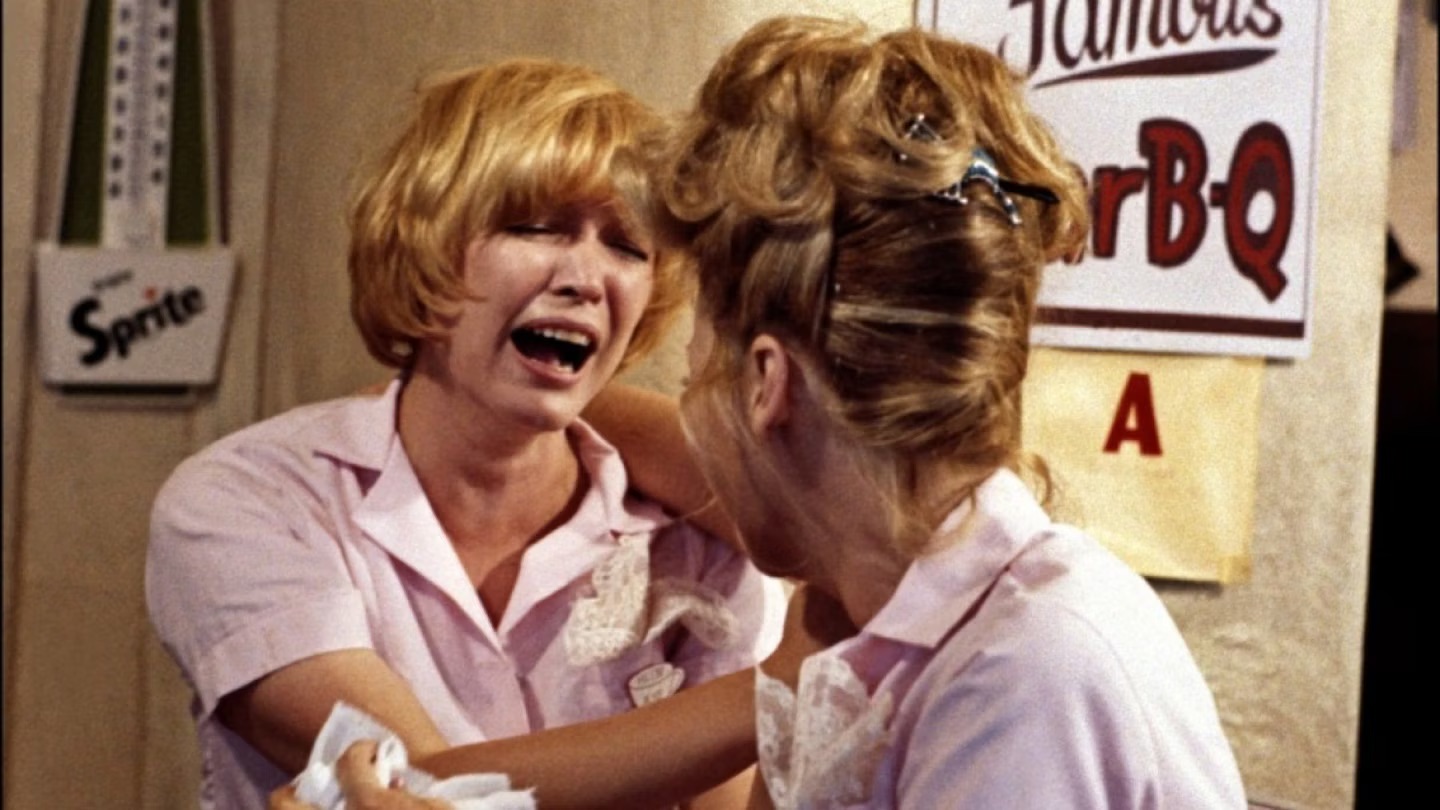
Legacy of ‘Alice’ and the Birth of “Kiss My Grits!”
One of the show’s most beloved elements was the character Flo, who left such an impact that she received her own spin-off series, “Flo.” The character was known for her sharp one-liners, particularly the iconic catchphrase, “Kiss my grits!” This phrase became a hallmark of ’70s television, reflecting the show’s influence on pop culture.
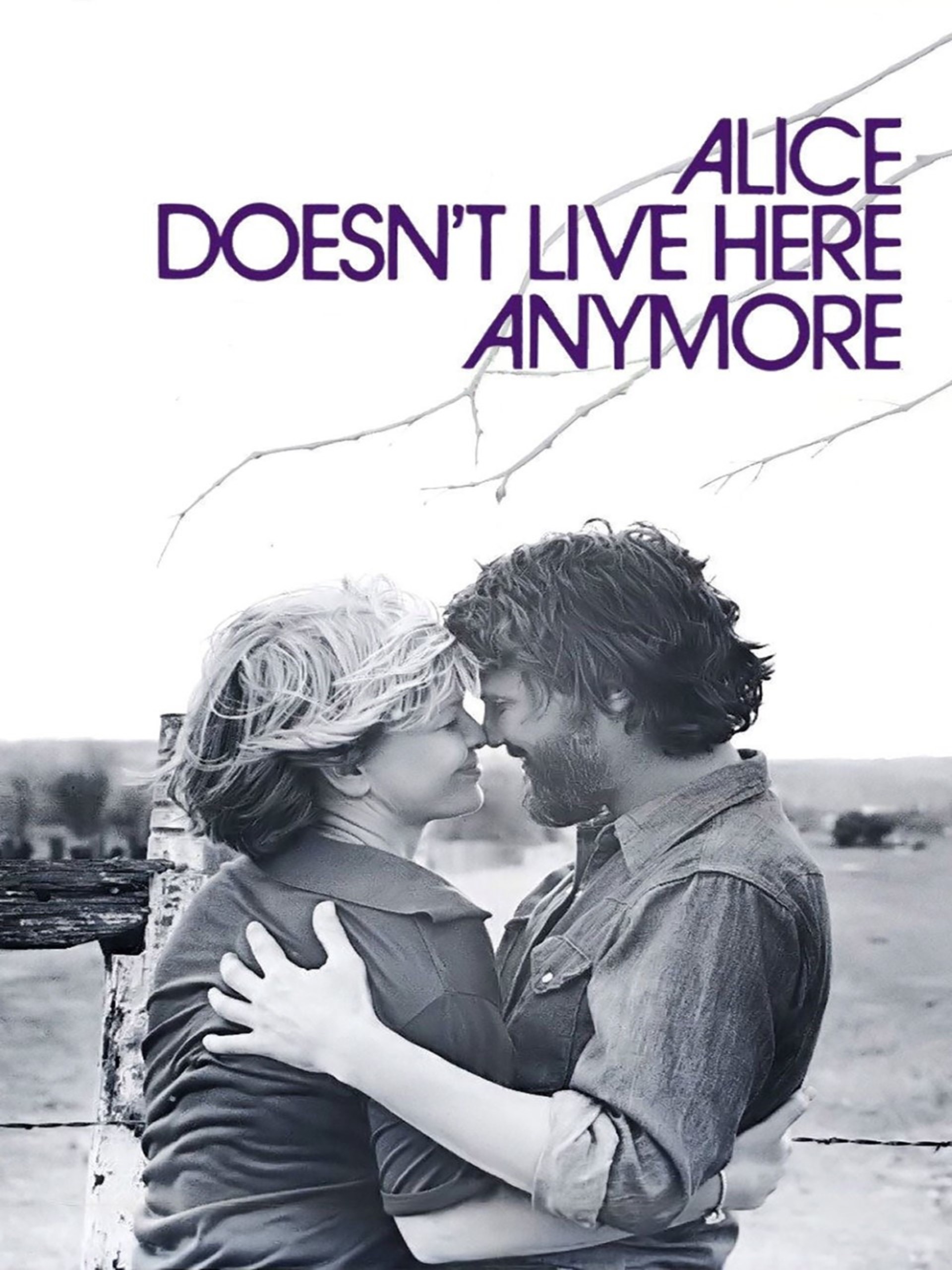
A Flashback to TV’s Early Restaurant Stories
Before the intricate kitchen drama of “The Bear,” “Alice” provided a glimpse into the world of diners, offering viewers laughter, relatable struggles, and unforgettable characters. Its enduring charm and influence on TV storytelling remind us of the lasting impact of simple narratives centered around food, camaraderie, and life’s unexpected twists.
Whether you’re reminiscing about the show or discovering it for the first time, “Alice” remains a shining example of how a small diner can serve up big laughs and meaningful stories.

Conclusion
“Alice” remains a classic example of how a show can capture both the humor and the hardships of everyday life. Through its endearing characters, memorable catchphrases like “Kiss my grits!”, and the genuine portrayal of issues like single parenthood and women’s rights, “Alice” left a mark on television history. The series proved that a simple setting, such as a small diner, could become a backdrop for stories that resonate with viewers for years. While shows like “The Bear” may carry the torch of restaurant-based drama in modern times, the legacy of “Alice” continues to remind us of the heartfelt charm of TV’s golden years. For those who remember it, revisiting “Alice” is like sharing a nostalgic meal at Mel’s Diner, served with a side of laughter and life lessons.
